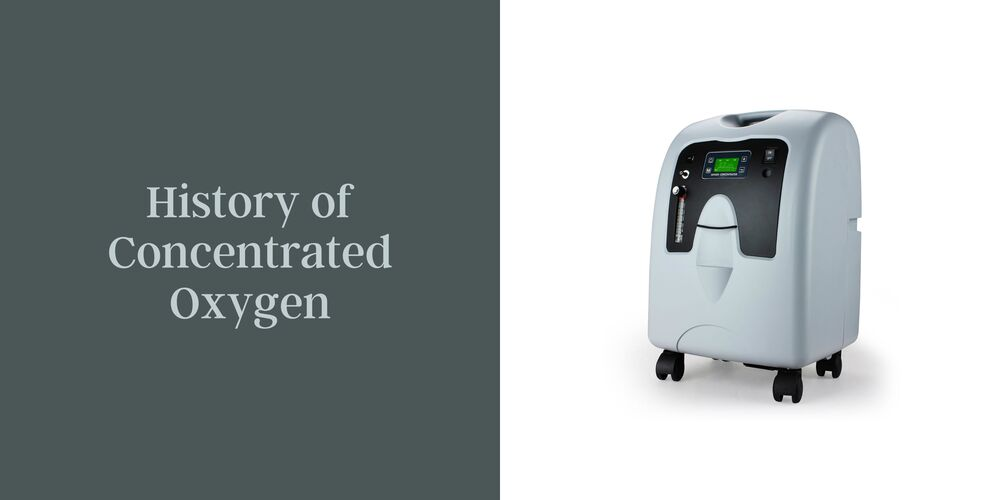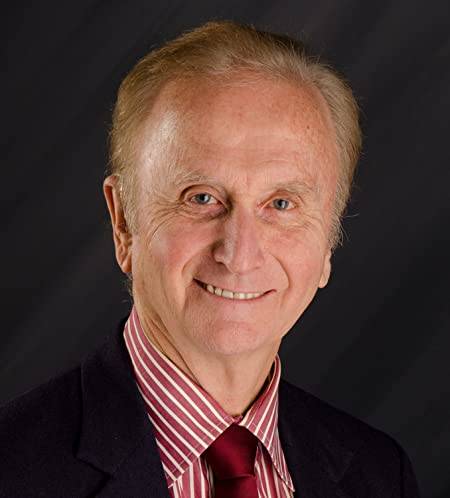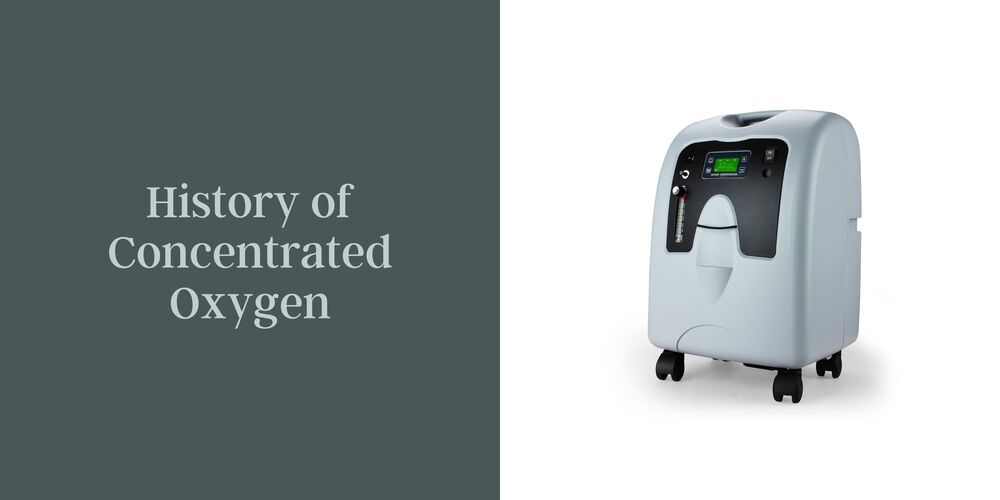Historique de la concentration en oxygène
Histoire de la concentration en oxygène
26 septembre 2023, par Michael Grant White
De la création à l'innovation, plongez dans l'évolution historique des concentrateurs d'oxygène dans cet article perspicace.

La concentration d'oxygène et ses unités remontent au début des années 1800. En 1772, l'oxygène a été découvert par le chimiste suédois Carl Wilhelm Scheele. Le chimiste anglais Joseph Priestly a découvert la molécule d'oxygène en 1774 et a publié ses découvertes trois ans avant celles de Scheele, mais Scheele est toujours reconnu comme le premier à comprendre ce qu'est l'oxygène. Ce qu'il FAIT est TOUJOURS découvert environ 200 ans plus tard.
Saviez-vous que même les roches contiennent de l’oxygène ?
Depuis Scheele, il a fallu moins de 100 ans aux scientifiques et aux médecins pour utiliser l’oxygène pour résoudre divers problèmes de santé. En 1885, la première utilisation médicale enregistrée de l’oxygène concentré concernait le traitement de la pneumonie.
Ce traitement révolutionnaire a été administré et mis au point par le Dr George Holtzapple. Deux ans plus tard, un produit a été inventé et vendu pour stocker l’oxygène pour une utilisation intermittente à la demande.
Au début du XXe siècle, une canule nasale (démo) était utilisée pour relier l’oxygène à la personne. Ce n'est cependant qu'en 1917 que Jon Scott Haldane a inventé un masque à gaz pour protéger et soigner les soldats affectés par les dangereux gaz chlorés pendant la Première Guerre mondiale. Les canules nasales permettent à une grande partie de l'air ambiant de se mélanger à l'inspiration tandis que le masque protège contre la perte d'oxygène et augmente le débit en litres par minute.
L'utilisation médicale de l'oxygène a fait des progrès jusqu'à la Seconde Guerre mondiale. Les hôpitaux utilisent l’oxygène pour traiter les patients souffrant de divers problèmes respiratoires. Ce n'est que dans les années 1950 qu'il fut utilisé pour renforcer l'entraînement des parachutistes.
Même si les parachutistes étaient déjà dans une forme incroyable, l’exercice Oxygen Enhanced a été utilisé pour les SUPER ENTRAÎNER pour des missions top secrètes. Cette méthode est restée top secrète pendant des années jusqu'à ce que le Dr Manfred Von Aredenne la développe dans les années 1980. Mon médecin et chirurgien en médecine préventive, Majid Ali, a ensuite affiné une grande partie de sa compréhension.
Quelle est la principale cause de toutes les maladies ?
C'est un manque d'oxygène.
L'oxygène portable est apparu dans les années 1950. Il était utilisé strictement dans les ambulances et les urgences sur place. Ce n'étaient pas les unités personnelles et légères auxquelles nous sommes habitués aujourd'hui. Les années 1970 ont été révolutionnaires pour les progrès de l’oxygénothérapie de qualité médicale.
Enfin, vous pourriez fabriquer votre propre oxygène chez vous ! Cette évolution de l'oxygène était extraordinaire du fait que le concentrateur purifiait l'oxygène en lui-même, mais il était extrêmement gros et lourd !
Au cours des 30 années suivantes, les gens voulaient des machines plus petites et plus faciles à gérer. Les concentrateurs ont commencé à diminuer en taille. Grâce aux innovations médicales, l’oxygène a été utilisé pour traiter diverses maladies respiratoires. Mais on savait encore peu de choses sur l’exercice et le repos améliorés par l’oxygène.
Une canule nasale ne fournira qu'un rythme respiratoire au repos d'environ un litre ou deux par minute, car l'air ambiant dilue l'oxygène. Si vous souhaitez utiliser de l'oxygène pour augmenter l'exercice, vous devez obtenir autant d'O2 que possible et autant de respirations par minute que l'intensité de votre exercice le commande.
Vous devez avoir la capacité d’accéder à jusqu’à 150 litres par minute. Pour le repos, 3 à 8 litres par minute suffisent généralement.
Pourquoi pas les deux?
Pour répondre à la fois au repos et à l'exercice, nous avons créé le système TurboOxygen. Notre dernière version utilise un masque à gaz modifié (DEMO) et peut supporter 2 personnes en même temps. Utilisé avec n'importe quel équipement d'exercice ou simplement avec quelque chose pour vous reposer ou dormir, vous bénéficierez de bienfaits exponentiels en matière de bien-être --- en FRACTION DU TEMPS - aucune prescription n'est nécessaire.
Cliquez ici pour en savoir plus sur le système Turbo Oxygen.
Apprenez à mieux respirer avec le kit de maîtrise de la respiration optimale.

Rencontrez Mike White
Rencontrez Michael Grant White, le coach de respiration optimale et obtenez des informations concrètes sur votre développement respiratoire, votre santé et votre longévité.




